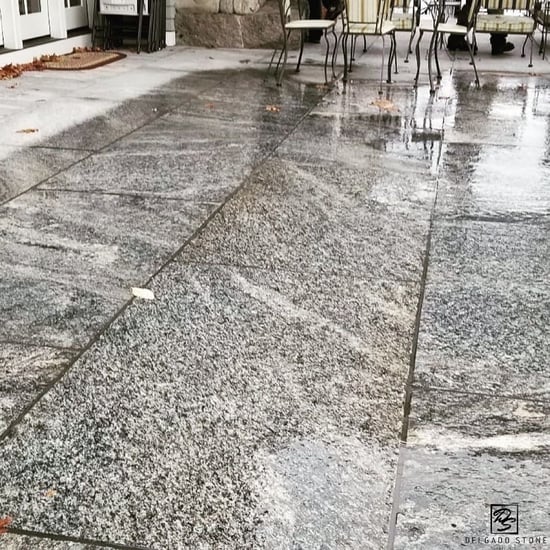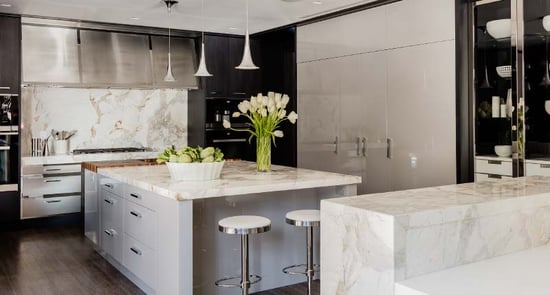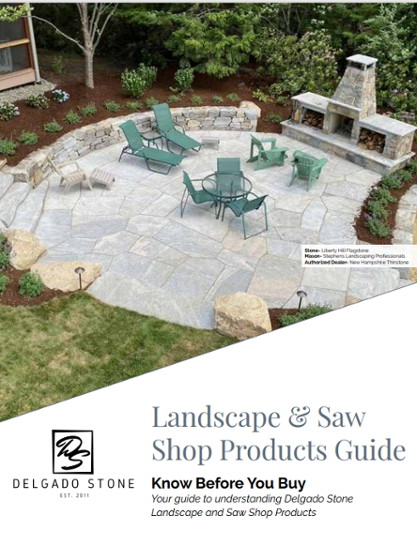Granite and marble are two popular, naturally-made building materials that can be used for similar interior and exterior projects including countertops, backsplashes, accent walls, and floors. There are a few key differences when evaluating which one to choose for a particular project. While there is no wrong option, the variations in the composition and maintenance needs, combined with the objectives for your space, will help determine which material is a better fit. Here are a few things to know about granite and marble before making a decision.
.jpeg?width=550&height=413&name=Fitzwilliam%20Countertop%20(5).jpeg)
Composition: Both granite and marble are made from natural materials. Granite is made from minerals that crystallize from magma below the earth's surface. Marble is made from limestone that is heated and then re-crystallizes.
Appearance: Granite has a coarse texture, with visible crystals, and is most commonly available in pink, white, and variations of grey and black. Marble has a smooth, soft appearance with scattered veining and is typically white, but it is also available in other colors.
Durability: For granite, heat resistance and scratch resistance are at the top of the list of benefits, making it ideal for high-traffic, frequently used spaces. It is porous, but doesn't absorb liquids quickly, making it easier to prevent stains when cleaned and treated in a reasonable time and manner. Marble scratches, etches, ands stains more easily because it's composed of a softer stone.
 Liberty Hill Dimensional Treads provided by New Hampshire Thinstone; work by Warren Dixon Masonry.
Liberty Hill Dimensional Treads provided by New Hampshire Thinstone; work by Warren Dixon Masonry.
Maintenance: Granite is relatively low-maintenance, but sealing it at the time of installation, and on an annual basis is recommended to prevent staining. Repairs are uncommon, but if needed, must be done by a professional. Marble does not look the same over time, and its surface is changed with regular use. Many people love the look of marble, and consider the way it changes over time (also known as patina) to be an attribute. There are solutions to this, including resurfacing the marble regularly, or choosing a honed finish instead of polished, which will make imperfections less visible.
Cost: Granite is a material that is low-maintenance, but it does require professional installation, which adds to the upfront investment. Costwise, marble is comparable to, and often more than, granite. The more rare the color or veining of marble is, the more the cost increases. Professional installation is a labor cost to consider for both granite and marble.

Marble countertop and kitchen renovation featured in Building Stone Magazine
When deciding between granite and marble, the best decision relies on the maintenance you want to invest in, along with the look you want to achieve. There are good reasons to go with either of these materials, depending on your needs and expectations. Both are beautiful, long-lasting options for many types of home improvement projects. For natural stone inspiration for your next interior or exterior project, download our Landscape & Saw Shop Products Guide.




-2.png?width=150&height=150&name=Untitled%20design%20(2)-2.png)
COMMENTS